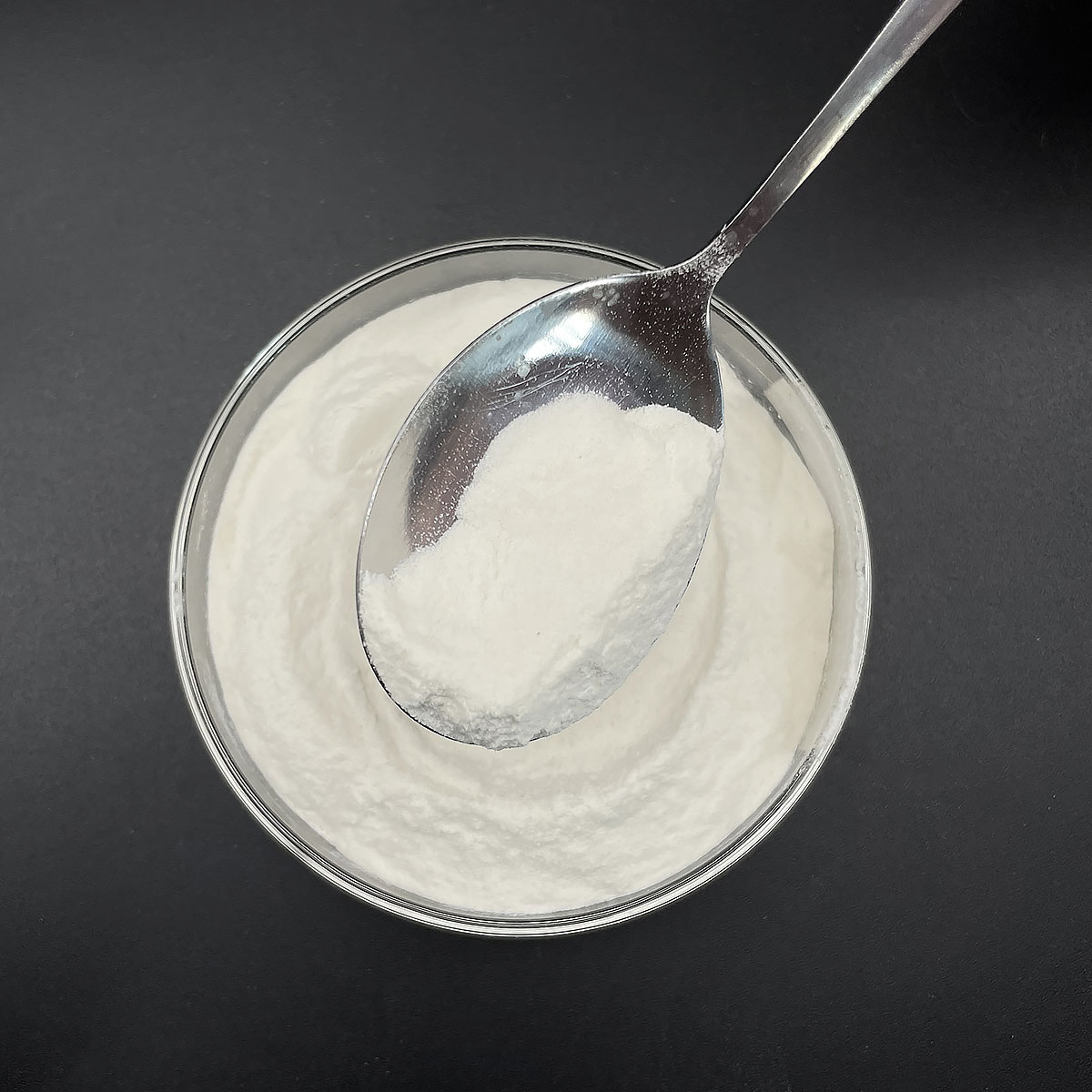Anatase and rutile
nano-titanium dioxide (TiO2) are nano-sized titanium dioxide crystal morphologists; they are different in structure and properties, so their applications differ.
Anatase titanium dioxide has a highly active surface, and its crystal structure is comprised of tetrahedral coordinated titanium oxide.
Anatase nanometer titanium dioxide has the following characteristics and applications:
1)High photocatalytic activity
Anatase nano-titanium dioxide has a strong ability to absorb light. It can initiate photocatalytic reactions under ultraviolet light, such as the degradation of organic compounds in air and water, the preparation of self-cleaning coatings, etc.
2)High electrochemical activity
Because of its highly active surface, anatase nano-titanium dioxide can prepare electrocatalysts, photocells, and electrochemical energy storage devices.
3)Ultraviolet light absorption capacity
Anatase nano-titanium dioxide can absorb ultraviolet light and can be used to prepare ultraviolet shielding agents for sunscreen products, coatings, plastics and other fields.

Rutile nanometer titanium dioxide:
The rutile titanium dioxide crystal structure comprises six-coordinated titanium oxide, and its surface activity is low.
Rutile nanometer titanium dioxide has the following characteristics and applications:
1) Lower photocatalytic activity
compared with anatase nano-titanium dioxide, rutile nano-titanium dioxide has lower photocatalytic activity. However, it can still absorb light energy in the visible light range and carry out photocatalytic reactions to a limited extent.
2)Good thermal stability
Rutile nano-titanium dioxide is more stable than anatase at high temperatures, so it has been applied in high-temperature resistant coatings, ceramics and polymer composites.
In terms of application, anatase and rutile nanometer titanium dioxide have a wide range of potential:
Anatase nano-titanium dioxide is mainly used in photocatalysis, environmental purification, clean energy and UV shielding agents.
Rutile nanometer titanium dioxide is suitable for high-temperature resistant coatings, ceramic composites and catalysts.
It should be noted that the application of nano-titanium dioxide is also affected by many factors, such as morphology, size, dispersion and so on.
Therefore, in the specific application, it is necessary to comprehensively consider the characteristics and specific requirements of the material to determine the best choice.
Rutile titanium dioxide is superior to anatase in pulverization resistance and light retention.
However, the surface of pure anatase titanium dioxide particles is photochemically active rather than photochemically stable in the presence of water vapor and oxygen.
Pure TiO2 can even promote the degradation of binders around its particles.
Therefore, first of all, we need to stabilize the TiO2 itself.
Stability can be obtained by controlling the type and amount of different inorganic oxides.
In other words, the TiO2 is treated with an inorganic coating.
The formation of a shielding net between the surrounding surface of TiO2 particles and the organic resin can no longer promote (reduce) the degradation of the organic resin.
Both rutile and anatase titanium dioxide have high reflectivity to light in the wavelength range of 400-700nm, so they all have good whiteness.
However, in the ultraviolet wavelength range less than the visible range, such as 300400 nm, the properties of the two different crystal forms are very different.
For rutile titanium dioxide in the UV-A band (350400 nm), its UV reflectivity is much lower than that of blue anatase; in other words, its UV absorptivity is much higher than that of blue anatase.
In this case, the film-forming organic resin shares much less ultraviolet light around it.
Technical Parameter of Nano Titanium Dioxide Powder TiO2 Nanoparticles:
| Item Number |
Appearance |
Purity(%) |
Particle Size (nm) |
Specific Surface Area(m2/g) |
Crystal/surface properties |
Properties and Applications |
|
|
|
| TR05 |
white powder |
99.9 |
5 |
150-300 |
Anatase, water based |
High catalytic activity |
|
|
|
| |
|
| |
|
| TR-T01 |
white powder |
99.99 |
30-50 |
10-30 |
rutile |
Used for ceramics, crystal growth, electronic materials |
|
|
| |
|
| TR-T15 |
white powder |
99.8 |
15±5 |
20-50 |
rutile |
rutile |
|
|
| TR-T25 |
30±5 |
|
|
| TR-T60 |
60±5 |
|
|
| TR-T200 |
white powder |
99.5 |
200 |
5-15 |
rutile |
Refractory materials, refractory additives |
|
|
| |
After understanding the performance differences between rutile titanium dioxide and anatase titanium dioxide, there is one more point to be considered in the application process.
When using titanium dioxide, manufacturers know which one to use.
Most of the rutile titanium dioxide is a high-quality product.
Only rutile titanium dioxide can give high-quality products beautiful hiding power and high gloss.
In the process of dispersion, it will also save time and effort.
Application range of anatase titanium dioxide.
In the market: production of plastic/ink / popular printing glue / New Year pictures/paints and other industries.
Anatase titanium dioxide has a low price and a certain whiteness. Still, it needs grinding in production, and it can also be produced by high-temperature technology so that anatase titanium dioxide has a solid dispersion to achieve an ideal state.
So, both of them also occupy a specific market.
Titanium dioxide Supplier
Luoyang Tongrun is an ISO9001 registered distributor of high quality specialty raw materials used in a wide range of industries.
Luoyang Tongrun Nano Technology Co. Ltd. (TRUNNANO) is a trusted
Titanium dioxide manufacturer with over 12-year-experience. We ship our goods all over the world.
If you are looking for high-quality
Titanium dioxide powder, please feel free to contact us and send an inquiry. (
[email protected])
